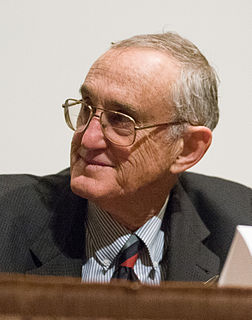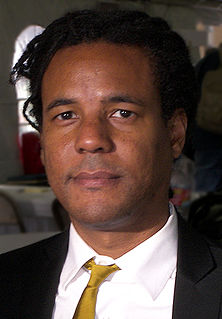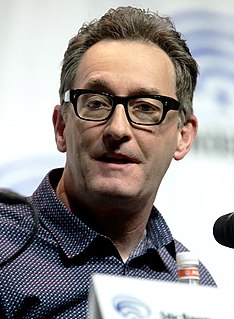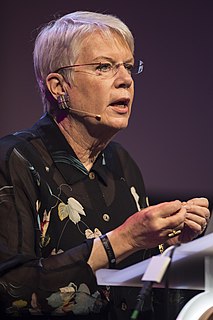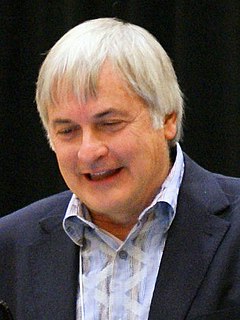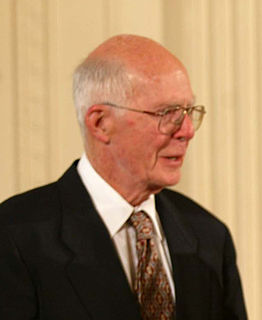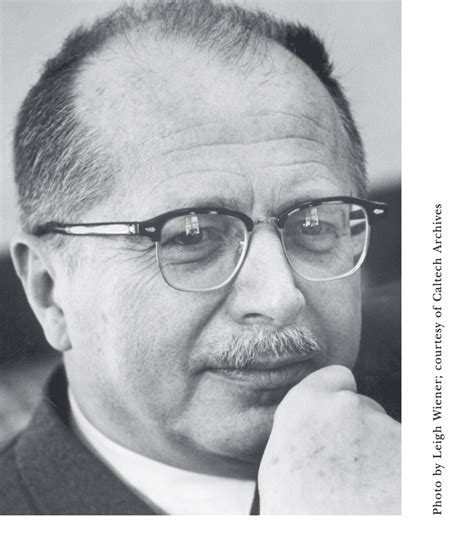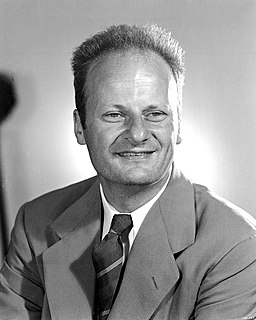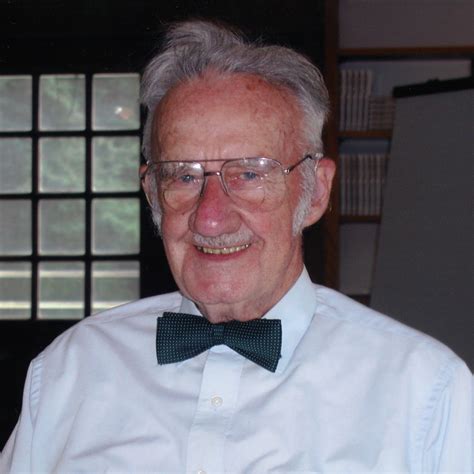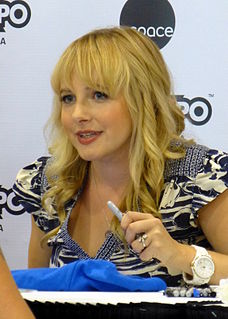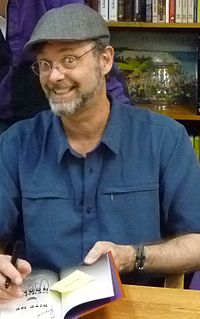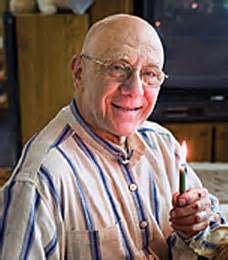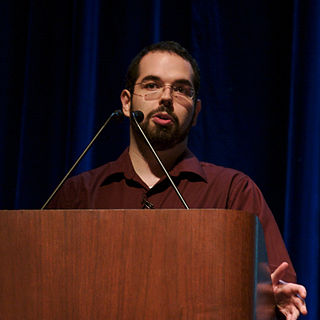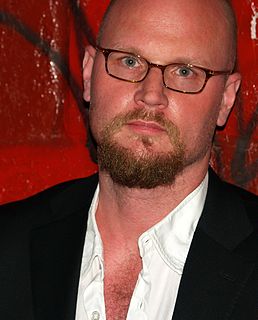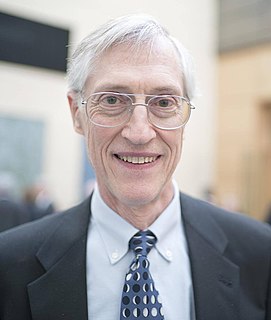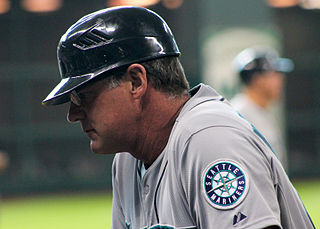Top 56 Helium Quotes & Sayings
Explore popular Helium quotes.
Last updated on April 14, 2025.
The universe starts off with the Big Bang theory, and the first thing that emerged from the Big Bang is essentially hydrogen and then helium. And that's what combusts in stars. Finally, stars implode, and they build heavier elements out of that. And those heavier elements are reconstituted in the heart of other stars, eventually.
Our entire universe emerged from a point smaller than a single atom. Space itself exploded in a cosmic fire, launching the expansion of the universe and giving birth to all the energy and all the matter we know today. I know that sounds crazy, but there’s strong observational evidence to support the Big Bang theory. And it includes the amount of helium in the cosmos and the glow of radio waves left over from the explosion.
Might it be the discovery of a distant civilization and our common cosmic origins that finally drives home the message of the bond among all humans. Whether we're born in San Francisco or Sudan or close to the heart of the Milky Way Galaxy, we are the products of a billion-year lineage of wandering stardust. We, all of us, are what happens when a primordial mixture of hydrogen and helium evolves for so long that it begins to ask where it came from.
Five centuries from now - barring unimaginable catastrophe - the moon will be developed real estate. There's economic incentive to exploit the moon - the helium-3 will be useful in powering fusion reactors, and the rare earth elements could supplant the limited terrestrial supply of these materials.
A hot air balloon requires a great deal of fuel to keep it aloft, so that you can't fly it even for one day. A gas balloon, which usually uses helium, has the problem that the helium cools at night when the sun is not on it, and you have to throw ballast overboard to keep it from going to the surface.
In a certain sense I made a living for five or six years out of that one star [? Sagittarii] and it is still a fascinating, not understood, star. It's the first star in which you could clearly demonstrate an enormous difference in chemical composition from the sun. It had almost no hydrogen. It was made largely of helium, and had much too much nitrogen and neon. It's still a mystery in many ways ... But it was the first star ever analysed that had a different composition, and I started that area of spectroscopy in the late thirties.
This is what happens: somebody—girl usually—got a free spirit, doesn't get on too good with her parents. These kids, they're like tied-down helium balloons. They strain against the string and strain against it, and then something happens, and that string gets cut, and they just float away. And maybe you never see the balloon again . . . Or maybe three or four years from now, or three or four days from now, the prevailing winds take the balloon back home . . . But listen, kid, that string gets cut all the time.
Chicken,' Josie said. 'Have you ever been in love?' Peter looked at Josie, and thought of how they had once tied a note with their addresses to a helium balloon and let it go in her backyard, certain it would reach Mars. Instead, they had received a letter from a widow who lived two blocks away. 'Yeah,' he said. 'I think so.
Finally I got to carbon, and as you all know, in the case of carbon the reaction works out beautifully. One goes through six reactions, and at the end one comes back to carbon. In the process one has made four hydrogen atoms into one of helium. The theory, of course, was not made on the railway train from Washington to Ithaca ... It didn't take very long, it took about six weeks, but not even the Trans-Siberian railroad [has] taken that long for its journey.
Well I’ve been doing it for about twenty years, I did films when I was a little kid, when I was about six or seven, I was in films and I had this really high voice, I did a series called Dinobabies, that was my first one. And then after that I did Madeline, yeah so it just kind of happened and then never went away. Then everyone said your voice is going to change and you’ll be out... No, no, still on helium.
In some sense, what you might have suspected from the first day of high-school chemistry is true: The periodic table is a colossal waste of time. Nine out of every 10 atoms in the universe are hydrogen, the first element and the major constituent of stars. The other 10 percent of all atoms are helium.
Any artist, in any field, wants to press deeper, to discover further. Image and sound play are among the strongest colors available to poetry's palette. For a long time, I've wanted to invite in more strangeness, more freedom of imagination. Yet music, seeing, and meaning are also cohering disciplines. They can be stretched, and that is part of poetry's helium pleasure. But not to the point of breaking.

